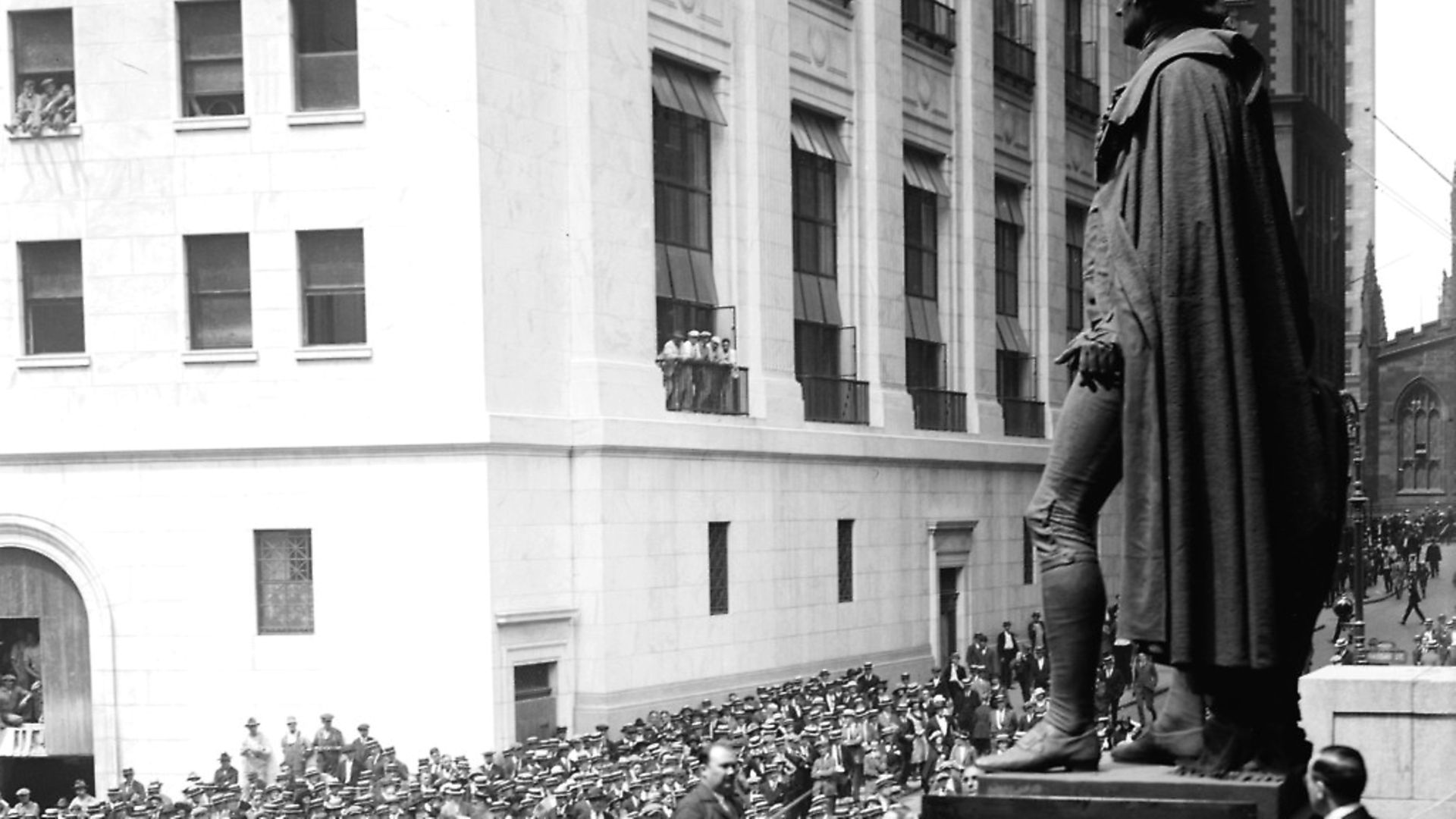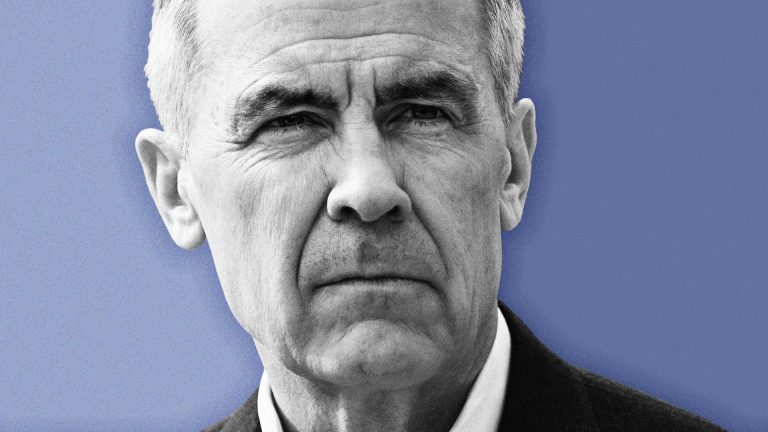
The Jazz Age reached full swing, while blues and country were starting to make big sounds. SOPHIA DEBOICK reports on an exciting year where the possibilities seemed endless.
The wounds of the recent past were still fresh. As Ypres’ Menin Gate was unveiled in July 1927, Siegfried Sassoon condemned it in verse: “Well might the Dead who struggled in the slime/ Rise and deride this sepulchre of crime.” But while the slaughter of the previous decade hung heavy, it was defied by the exuberant spirit of progress. In the year it got its royal charter, the BBC invented the disc jockey, as Christopher Stone, a First World War veteran and co-founder of The Gramophone magazine, began presenting the first radio programme based solely around playing records.
St. Louis postal service pilot Charles Lindbergh was catapulted to international fame when he made a non-stop flight across the Atlantic in May. The first transatlantic phone call was made on the new commercial service, while the technology of television was being finessed after John Logie Baird had first unveiled it the year before. Somewhat less glamorously, but no less a sign of the march of technology, Wolverhampton found itself hosting the first automatic traffic lights.
In the arts there was a feeling of unbridled boundary-pushing. Stanley Spencer completed The Resurrection, Cookham, and the Times’ critic raved: “It is as if a Pre-Raphaelite had shaken hands with a Cubist.” Picasso was inspired by the figures on the beach at Cannes that summer, endlessly playing with anatomical distortion in his sketches of bathers. Virginia Woolf’s modernist masterpiece To the Lighthouse and the final volume of Proust’s À la Recherche du Temps Perdu were published.
Fritz Lang’s Metropolis appeared in German cinemas, and although H. G. Wells panned it as wholly inadequate as science fiction and “the silliest film”, its art direction marked cinema forever.
Clara Bow became the celebrity of the age through her role in It, where she played a daringly modern working woman, her bobbed hair and cloche hat the very height of fashion. Meanwhile, in music, folk blues and hillbilly country emerged from obscurity onto vinyl, some all-time classic songs were born, and one bandleader ruled.
As recording technology rapidly improved, landmark studio sessions took place in 1927. Duke Ellington recorded with Victor, Brunswick, Vocalion and Okeh, and took up a residency at Harlem’s Cotton Club in this year, while Louis Armstrong and His Hot Seven recorded 12 sides for Okeh in May. Producer Ralph Peer made legendary recordings for Victor, going to the Tennessee-Virginia state line to capture the ‘hillbilly’ sound.
Peer’s use of state-of-the-art equipment and a professional business approach, signing his discoveries up to profit-sharing contracts, was innovative in itself, but in just a week of recording that some have dubbed ‘the Big Bang of Country Music’ he pulled some foundational acts from obscurity and thrust them into the limelight.
The Carter Family’s The Wandering Boy from these sessions became their debut record, showcasing the 18-year-old Maybelle Carter’s unique and influential style of guitar playing, while ‘Father of Country Music’ Jimmie Rodgers saw his melancholic The Soldier’s Sweetheart from the Peer sessions become a hit.
Blues was also still emerging as a recording genre. Mamie Smith’s Crazy Blues, the first commercial blues record, had appeared in late 1920 and Bessie Smith had launched her own recording career three years later. Both showcased a more urban, brass and piano-based blues, and landmarks in folk blues were yet to come.
Blind Lemon Jefferson made his first recordings in 1925, but released his See That My Grave Is Kept Clean and Matchbox Blues in 1927, and Blind Willie McTell made his debut the same year with Stole Rider Blues and Writing Paper Blues.
Big Bill Broonzy had been hugely influenced by Jefferson when he emerged with his first record in this year. An Arkansas sharecropper who had seen service in Europe during the First World War, Broonzy had gone to Chicago in search of better things and ended up recording for Paramount, a label with a growing roster of blues artists. His debut, Big Bill’s Blues, was archetypal folk blues stuff (“I got up this mornin’, feelin’ sad and blue/ I lost my baby now tell me, what I’m goin’ to do”), while the B-side, House Rent Stomp, was more unusual – a “finger scrambling” blues with shouted encouragement – “Everybody dance!”, “Shake that thing, shake it!” – from Broonzy’s friend, John Thomas.
The record was not very successful, and Broonzy’s career didn’t take off in earnest until a decade later when Vocalion Records began putting out his work on their ‘race’ series. In fusing ragtime and various strains of blues, Broonzy was key in the formulation of Chicago blues and is credited with introducing British audiences to the genre through his many tours of the UK in the 1950s, influencing many a British rock and roll pioneer. Few artists have ever gone from such obscurity to such influence.
Immortal classics were written and recorded in this year. Nick Lucas used jazz guitar and a pop vocal style to make I’m Looking Over a Four Leaf Clover a No. 2 hit, closely followed in its success by both Ben Bernie and Jean Goldkette’s Dixieland jazz orchestra versions.
Roy Turk and Lou Handman’s Are You Lonesome Tonight? was a hit for both ‘First Lady of Radio’ Vaughn De Leath and veteran recording star Henry Burr, only to be covered by Elvis 33 years later, straight after his discharge from the army, to chart-topping success. Whispering Jack Smith made Me and My Shadow one of the biggest hits of the year.
Show music was in a golden age, as Show Boat, opening on Broadway in December, gave the world Ol’ Man River. The Gershwins’ Funny Face debuted in November, starring Fred Astaire and his sister Adele. The show was the first in which Astaire danced in his future trademark top hat and tails and included ‘S Wonderful, a timeless jazz standard. Bandleader Ben Selvin’s rendering of Irving Berlin’s Blue Skies, written for the Rodgers and Hart musical, Betsy, became a hit, and later in the year the song also appeared in Al Jolson’s The Jazz Singer – the entertainment event of the decade, if not the century.
The biggest musical act of the year was bandleader Paul Whiteman, the ‘King of Jazz’, who had been topping the charts since 1920, despite being an unlikely star.
A classically trained viola player who once told the New York Times “You’ll never learn to bounce in jazz if you don’t know your Bach and Beethoven”, he was pushing 40, balding and rotund. But Whiteman had a hellraising reputation – he had been married three times by 1922 and spent his huge performance fees lavishly. None of Whiteman’s 18 records of 1927 dipped below the Top 20 – In a Little Spanish Town and My Blue Heaven were No.1s.
He had made jazz mainstream, producing a smoothed-over, constrained version that was eminently listenable. Along with the sheer quality of his musicians, who included the likes of Bix Beiderbecke and the Dorsey brothers, it all added up to a winning formula.
The highlight of Whiteman’s year was one that his temper almost saw him ruin for himself. Whiteman had commissioned Gershwin’s Rhapsody in Blue back in 1924, asking him for a ‘jazz concerto’ as part of his ambition to fuse jazz and symphony into pieces that were fit for any concert hall. He had recorded the piece the same year, but in April 1927 Whiteman made a new recording for Victor with Gershwin at the piano – electrical recording had so hugely improved sound quality that many records were being remade at the time.
Whiteman, however, had a row with Gershwin over the tempo, and Nathaniel Shilkret, Victor’s director of light music, ultimately conducted the piece that was credited to Whiteman.
Going on to ever greater heights, including setting attendance records at the Hollywood Bowl and appearing in several feature films, Whiteman was something of a victim of his own success, his massive popularity inevitably leading to critical dismissal as a lightweight. But for his work with Gershwin alone a better account of him should be given, and he undeniably made an indelible mark on popular music, bringing the rawness of jazz and the exclusivity of classical music together to the centre ground.
The feeling of recovery from war was fleeting, as 1929’s Wall Street Crash, the Great Depression and the march to another world war followed. But popular culture was rarely more thrilling than in the exuberant late 1920s – a moment when anything seemed possible.











